|
Have you fallen or do you fear falling? Four easy ways to remain surefooted and safe everyday, from an 80 year old ex physio 1. Don’t rush
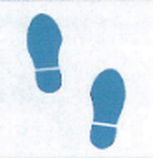 2. Be aware of heel-roll-toe As we get older we lose the spring in our step and the muscles that lift our toes weaken. We need to compensate for these losses and walk safely. Your feet matter Wear firm fitting shoes, sandals or bare feet. Feel the soles of your feet move inside your shoes. They will tell you:
Place feet slightly apart with toes slightly turned out. Exaggerate the natural heel-roll-toe action Practice heel-roll-toe whenever you walk
As many falls occur at home, heel-roll-toe is as important when you go from room to room as it is going from street to street. 3. Carry objects close to your body To maintain good posture when you carry objects, stand tall with your neck and shoulders loose. When walking and carrying:
 If you must carry heavy objects, try not to hunch or lean towards the weight, even if it is on wheels. Keep tall and straight, then the weight will seem lighter. 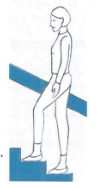 4. Keep your legs strong Climb hills and stairs when available. Don’t always depend on sticks and handrails. If hills and stairs aren’t available, standing up from sitting is a great exercise for thigh and core muscles. 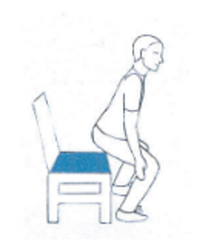 Stand up in three simple moves:
Sit down again in three simple moves: 1. Bring head and shoulders forward 2. Bend your knees 3. Gently lower In conclusion Establish these activities NOW, before you learn “special” balance exercises. These habits will be with you when you are past doing the balance exercises. They will be with you until the end of your life. Brochure designed by Siobhan O’Hagan and written by Clare O’Hagan.
Available from Therapy Professionals Ltd Comments are closed.
|
AuthorShonagh O'Hagan Archives
July 2024
|

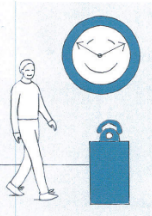
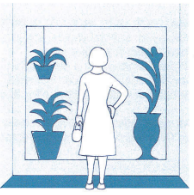
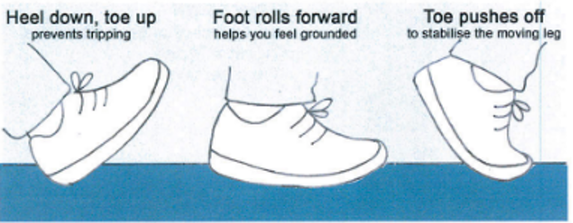
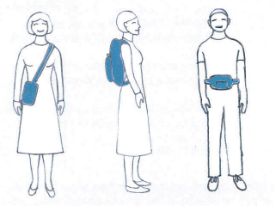
 RSS Feed
RSS Feed